
OR
Opinion
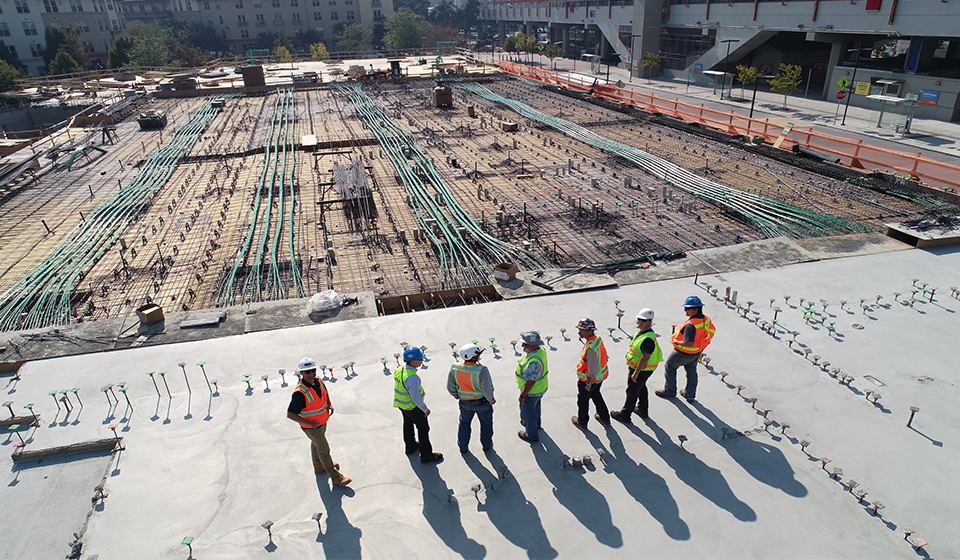
More from Author
This unyielding pursuit of short-term profits, both locally and globally, is gradually eroding the very essence of engineering
This despondent reality is even more apparent in Nepal, where bridges left incomplete stand as glaring evidence of structural deficiencies resulting from cost-cutting measures. Numerous instances of structural collapse during construction and the abandonment of projects due to inadequate quality adherence are pervasive in Nepal, casting a shadow over a nation that should be thriving in new development.
Civil engineering, the very bedrock of development, currently grapples with a pervasive ailment that corrodes its very foundations. The widespread practice of cutting costs to maximize profits has infiltrated the field, leaving in its wake compromised quality, stifled creativity, and an incessant cycle of perpetually "under-construction" infrastructure projects. This unyielding pursuit of short-term profits, both locally and globally, is gradually eroding the very essence of engineering, transforming a field once characterized by creative problem-solving into an ever-expanding industry with a hollowed-out core.
Globally, the Flint water crisis of 2014 stands as a poignant example of the consequences that unfold when cost-cutting becomes the priority. In an effort to save money, the city of Flint, Michigan, shifted its water source to the Flint River, unwittingly setting off a catastrophic public health crisis. The water from the Flint River, as it turned out, was not only highly corrosive but also contaminated with lead. This corrosive water led to the leaching of lead from aging pipes, exposing residents to toxic levels of this harmful heavy metal and resulting in long-term health issues due to lead poisoning.
Several other similarly dreadful scenarios have played out on a global scale such as the 2018 bridge collapse in Genoa, Italy, where the failure to adequately invest in maintenance contributed to the tragic collapse of the Morandi Bridge. Additionally, the Grenfell Tower fire in London during the same year also highlights the devastating outcomes of prioritizing budgetary concerns over safety. The decision to install flammable cladding to cut costs intensified a deadly fire, claiming 72 lives in the tragic incident. These somber events serve as potent reminders of the dangers present in favoring financial considerations over optimal infrastructure solutions. Despite the profound lessons learned from these cautionary tales, the industry persists in a relentless global race to the bottom, where the pursuit of the cheapest option often leads to severe and avoidable repercussions.
This despondent reality is even more apparent in Nepal, where bridges left incomplete stand as glaring evidence of structural deficiencies resulting from cost-cutting measures. Numerous instances of structural collapse during construction and the abandonment of projects due to inadequate quality adherence are pervasive in Nepal, casting a shadow over a nation that should be thriving in new development. Prominent consulting agencies, grappling with workloads that surpass their capacity for delivering quality outcomes, persist in accepting more projects. Driven by a fervent desire for higher returns, these agencies perpetuate a cycle wherein the haste to complete endeavors with minimal budgets results in subpar construction, premature deterioration, and tragically, instances of loss of life. Despite being a country grappling with a lack of proper quality control and assurance, it remains entangled in the grip of cost-cutting, leading to substandard infrastructure and facing the full consequences thereof.
The plague of cost cutting is not only clawing away at the industry but has its fangs deep into the very foundation of engineering- the education sector. The relentless pursuit of profit has shifted the focus of engineering studies from nurturing innovative creativity to merely churning out a workforce. Frequently, in an industry overly fixated on design codes and past solutions, education neglects to instill in students the ability to discern the uniqueness of a problem and identify the optimal solutions. Such scenarios lead to engineers entering the workforce to adopt prescriptive and repetitive solutions to every similar problem which oftentimes leads to either over engineered or inadequate solutions.
Moreover, academic goals for students have shifted from deriving enjoyment and innovation from studying a subject to an unyielding emphasis on excelling in exams and tests, all driven by the pursuit of improved job prospects and increased earnings. This skewed focus leaves aspiring engineers ill-equipped to confront real-world challenges with ingenuity and comprehensive problem-solving skills, stifling creativity and contributing to an industry that lacks vibrancy. Real issues, such as the emergence of concrete jungles and a lack of diversity in the design of urban spaces, can, in part, be attributed to a narrow focus on rigid solutions highlighting the dangers of the death of creativity and showing why it is a major concern.
This deadly tradition of cost cutting in the industry can be attributed to various factors. Poor working conditions, rising inflation, and stagnant salaries often create a cutthroat environment where, at times, people have no choice but to chase after profits. While we must recognize the deeper systemic issues at play, it's crucial to avoid dismissing these actions as mere responses to circumstances; at times, they might be products of insatiable greed. It's imperative for all individuals, company owners, and stakeholders in the industry to keep a level head, neither giving in to the anxiety of an ever-constricting economy nor falling victim to the allure of ever-growing riches. Those of us in the industry must keep in mind that even small personal changes in the right direction, like promoting creative solutions and investing in long-term benefits, can bring about a seismic shift in the industry's environment. After all, it is always essential to be careful lest, in the grand scheme of things, the cost of cutting costs might be too deadly for us to afford.
You May Like This

Two-year warranty on Case Construction equipment
KATHMANDU, Feb 27 : Force Construction and Associates Pvt Ltd, the authorized distributor of Case Construction for Nepal, has said that... Read More...
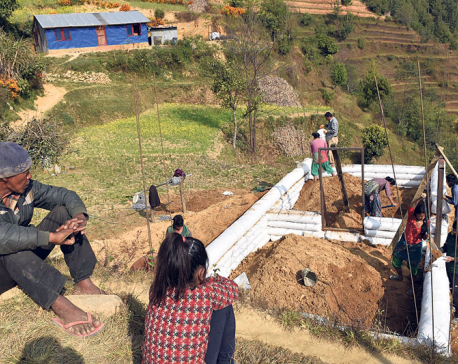
Quake victims yet to recieve house construction grants
KAVRE, Nov 30: Something interesting is happening in Rayale village of Kavre district these days. ... Read More...

Construction of Ncell supported dialysis center completes
KATHMANDU, July 28: Construction of Day Care Dialysis Centre supported by Ncell at Tribhuwan University Teaching Hospital (TUTH) has been... Read More...
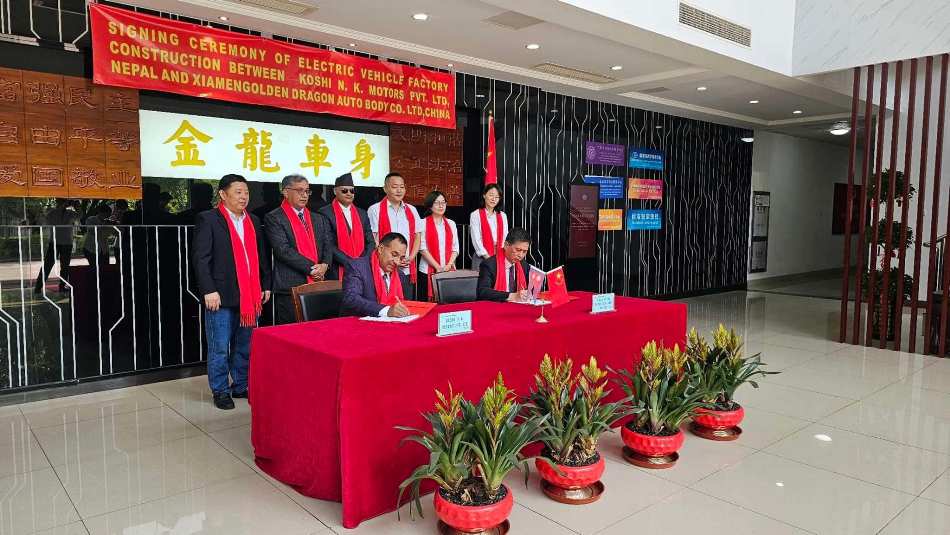


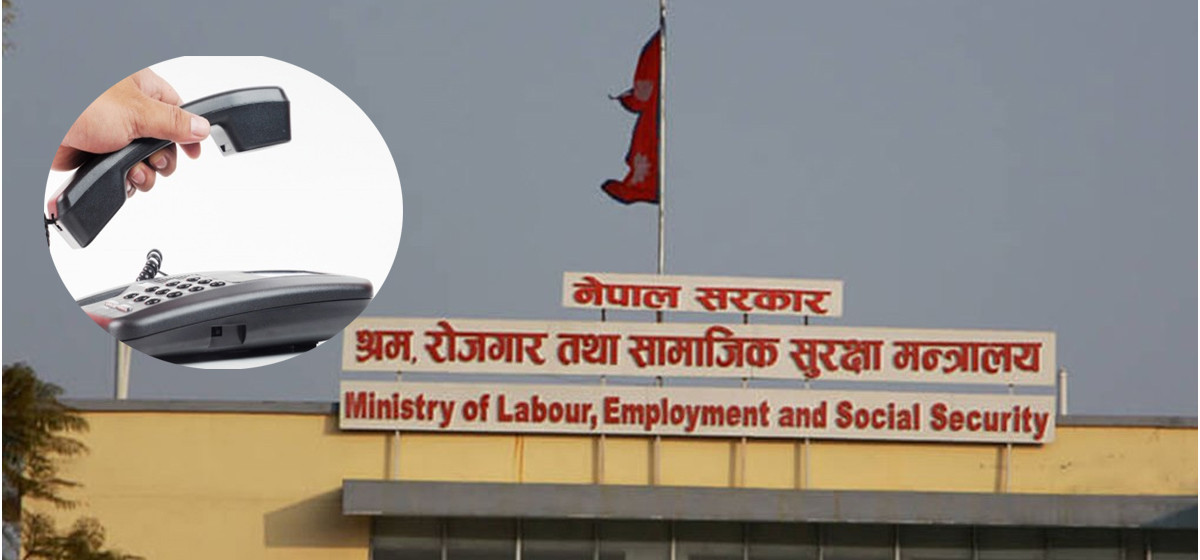
Just In
- Nepal and Vietnam could collaborate in promotion of agriculture and tourism business: DPM Shrestha
- Govt urges entrepreneurs to invest in IT sector to reap maximum benefits
- Chinese company Xiamen investing Rs 3 billion in assembling plant of electric vehicles in Nepal
- NEPSE inches up 0.07 points, while daily turnover inclines to Rs 2.95 billion
- Gandaki Province reports cases of forest fire at 467 locations
- Home ministry introduces online pass system to enter Singha Durbar
- MoLESS launches ‘Shramadhan Call Center’ to promptly address labor and employment issues
- Biratnagar High Court orders Krishna Das Giri to appear before court within one month in disciple rape case








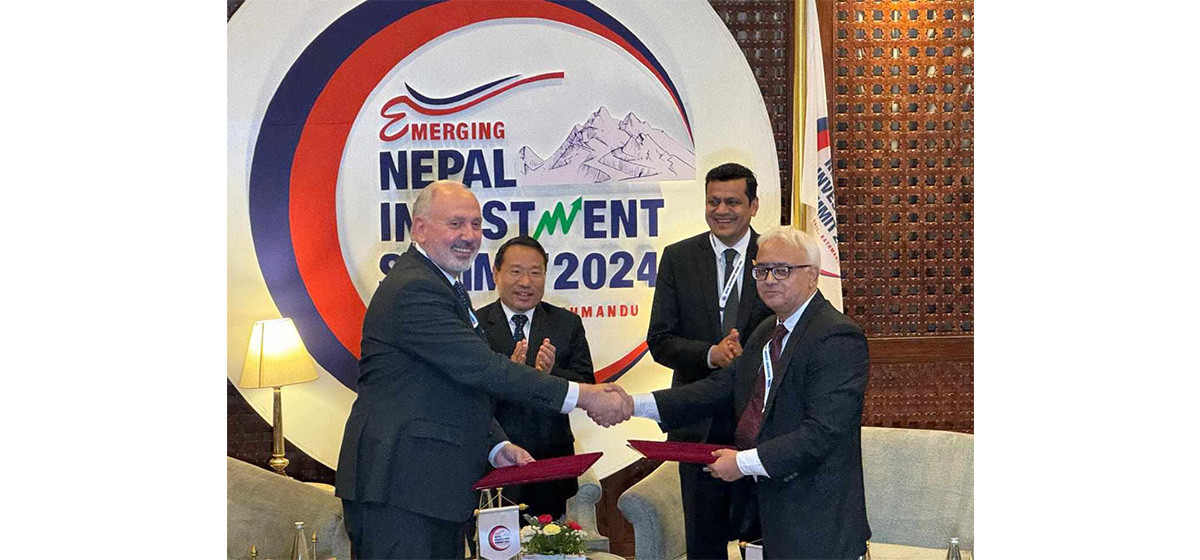
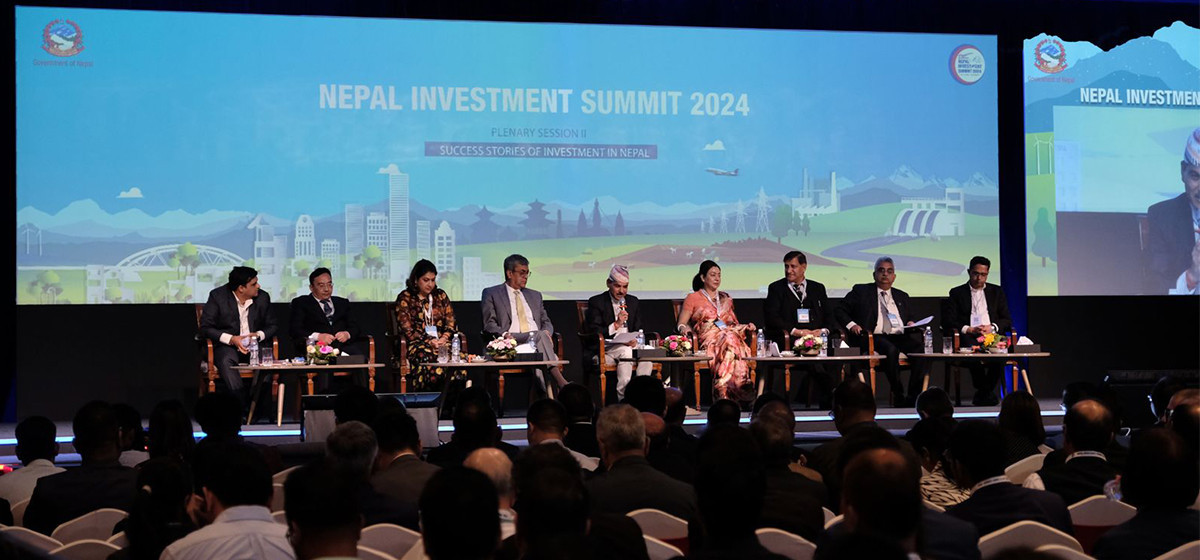


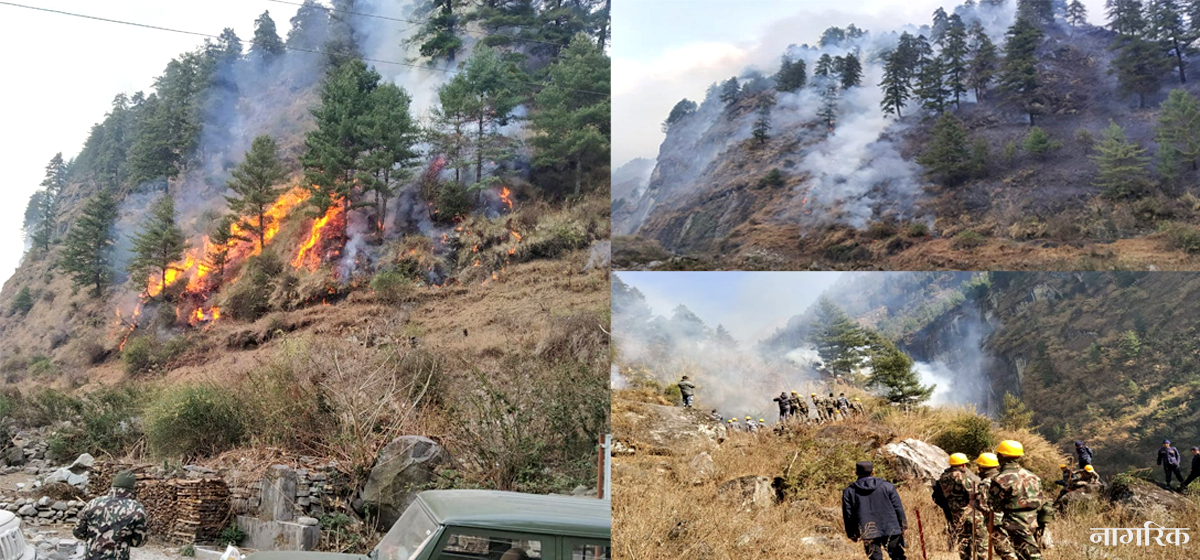


Leave A Comment